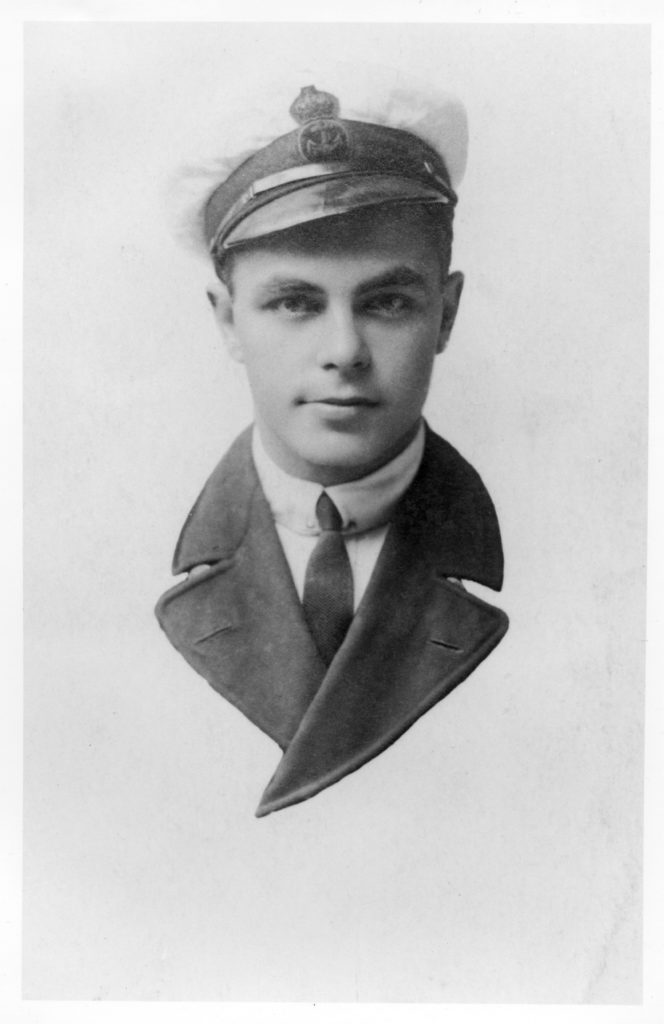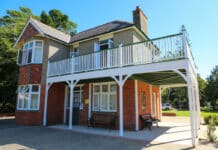
An undeniable sense of adventure and love of aviation thrust infamous pioneer aviator Bert Hinkler in to the midst of World War I where he contributed to the development of early war planes.
Herbert ‘Bert’ John Louis Hinkier AFC DSM was born in Bundaberg, Queensland on 8 December 1892.
An inventive and practical boy, Bert had designed, built and successfully flown his own glider by the age of 19.
Bert’s innate love of aviation would see his departure from his hometown to pursue dreams of becoming a pilot
Fate would lead Bert to England some months before the beginning of World War I when he would sign up to the fledgling Royal Naval Air Service (RNAS).
History on the walls
Bert’s adventures and achievements are shared within the walls of the Hinkier Hall of Aviation (HHA) which details this turbulent time of his life.
During the war Bert wrote many letters home from the front line, some of which are on display at the HHA.
One letter, written at the beginning of his training, details the surroundings of the aircraft hangar classroom, “where upon our teacher, one of the naval officers will begin to explain the mysteries of the art of aviation”.
Bert applied himself to his studies before being posted to an RNAS Coastal Defence Station in 1915 to train as an observer/gunner. Here his additional duties in aircraft maintenance improved his mechanical skills which would later prove invaluable during his solo flight expeditions.
The early days of the RNAS were somewhat experimental as the aeroplane was a recent invention and its potential use in war craft was untested. Bert was unnerved by the dangerously crude equipment and used his engineering prowess to present army authorities with several design improvements for their warplanes. Some inventions were adopted and though he felt “vastly ill-rewarded” for his contribution, it highlighted his flair for practical problem solving.
Dr Karl Kruszelnicki explains some of these improvements as part of the ‘Bert’s Inventions’ exhibit within the HHA.
Improving innovations of Bert’s time
From finding a solution to primitive early machine guns jamming on their operator to a clever dual control system, Bert devised many innovations to improve the lot of the guy in the aircraft’s front seat
In 1917, Bert was posted to France as a gunlayer and was kept right in the thick of things participating in 122 flights. His may letters home vividly describe the excitement of dogfights and bombing raids.
After passing his flying tests in a Sopwith Camel, Bert would see out the last days of the war as a pilot posted to Number 28 Squadron in Italy.
Here his experiences on the Italian Front notably darkened his outlook on aerial warfare with letters suggesting the joy of becoming a pilot was somewhat tainted by callous orders for airmen to do their “bloody duty…”.
After the war Bert would become the chief test pilot for A.V. Roe and would go on to achieve numerous world records in the field of aviation, including the first solo flight from England to Australia which he achieved in 15 and a half days.
Bert met his untimely end on the Italian Alps while attempting to make another record flight. Such was his celebrity that he was afforded a State Funeral and laid to rest in a Florence cemetery.
- Other news: History buff adds to collection of Isis Shire history
- Felicity Furey to inspire at Hinkler Innovation Series







